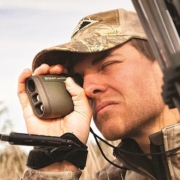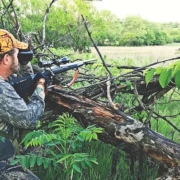6 Most Common Mistakes Hunters Make While Using a Laser Rangefinder.
A laser rangefinder is known to be one of the hunter’s best companion, where it significantly increases our chances of making a clean shot. You need a rangefinder especially if you love to hunt on a tree-stand or any form of long-range hunting.







